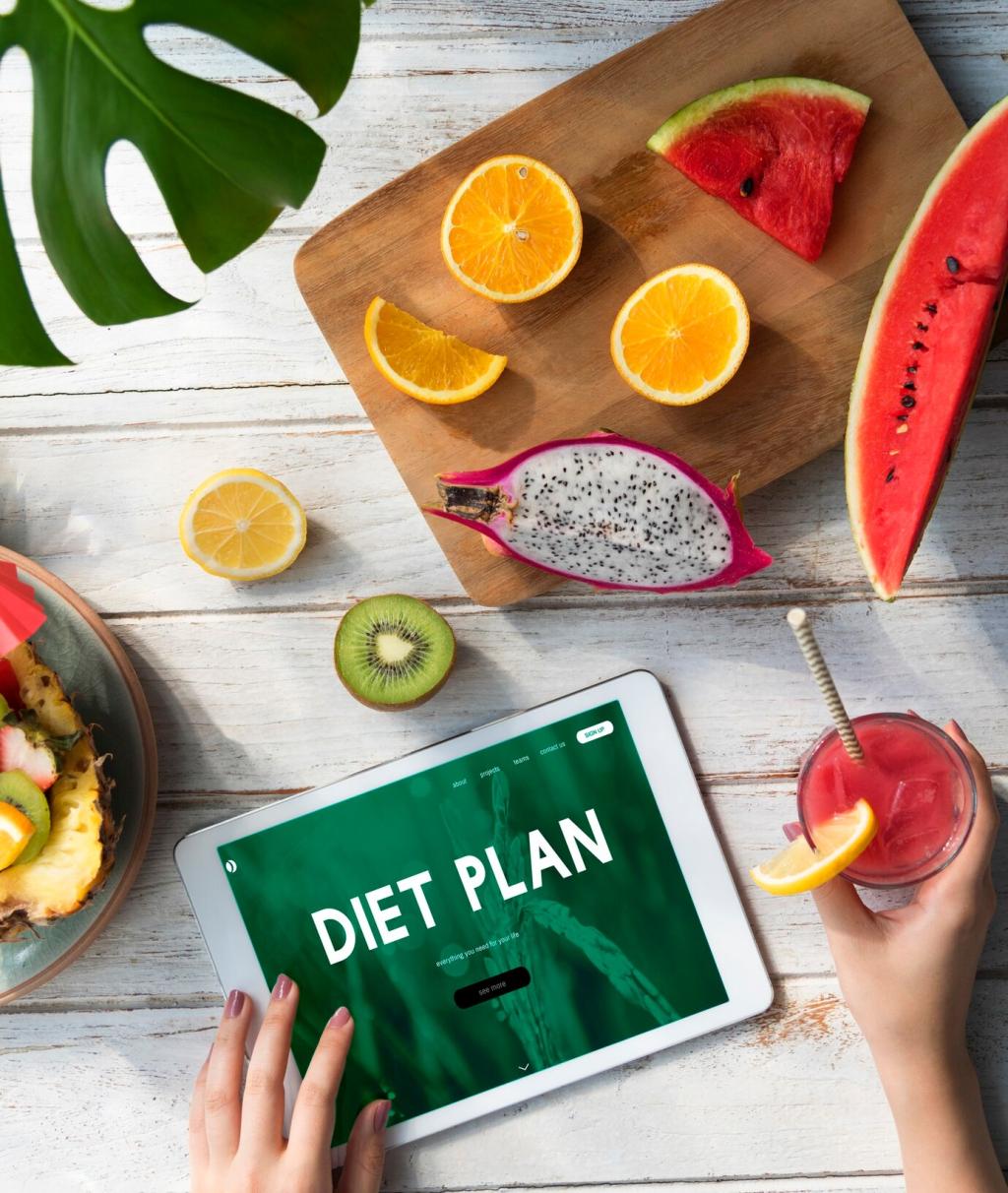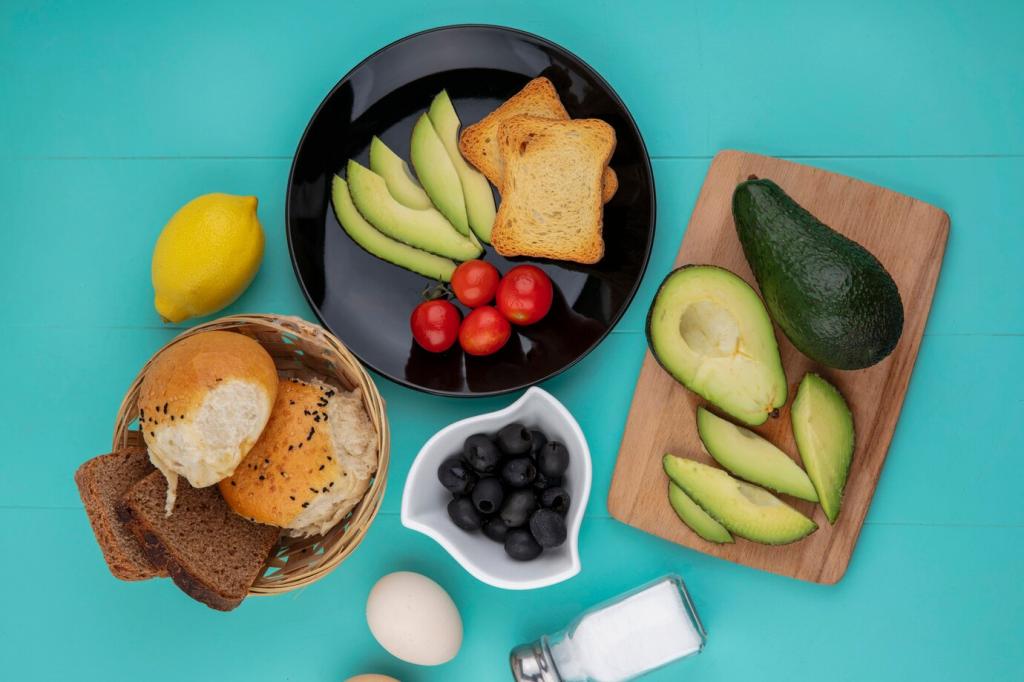Chosen theme: Mindful Eating During Long Drives. Turn every mile into a nourishing moment with deliberate choices, calm pauses, and food that supports focus, comfort, and joy. Buckle up for practical rituals and stories that help you drive well and eat with intention.
Set Your Intention Before You Start the Engine
The 60-Second Check-In
Before rolling, close your eyes, breathe slowly, and rate your hunger from one to ten. Decide what you truly need and promise to eat only when safely parked. Try this today, then tell us how your first check-in influenced your next snack choice.
Define Your Fuel Strategy
Sketch a simple plan: protein for steadiness, fiber for fullness, healthy fats for calm energy. Align snacks with distance, traffic, and stop availability. Write it on a sticky note, and subscribe to get printable road-fuel cards for future drives.
Create Environmental Cues
Set reminders that nudge mindfulness: a water bottle within reach, a note that says “Breathe. Chew. Notice.”, and a playlist cue for mealtimes. Share your favorite cue in the comments to inspire another traveler’s mindful routine.
Build a Mindful Road Snack Kit
Balance the Box
Assemble steady-energy staples: almonds or walnuts, sliced apples splashed with lemon, hummus with whole-grain crackers, Greek yogurt, and hard-boiled eggs. Pre-portion into small containers to guide hunger-led serving sizes and reduce distracted overeating on the shoulder.
Texture and Flavor Variety
Mix crunchy carrots, chewy unsweetened apricots, salty roasted chickpeas, and a square of dark chocolate. Variety keeps your senses satisfied, which curbs rest-stop impulse buys. Tell us your best texture combo and why it makes your long-distance snacking feel mindful.
Cooler Logistics
Use reusable ice packs and separate zones: one for proteins, one for produce. Keep perishable foods below safe temperatures during summer traffic. Label the lid with safe intervals and planned stops to support mindful timing and stress-free meals.
Always park before eating. Plate your snack in a reusable container, take three deep breaths, and chew each bite fully. Aim for twenty thoughtful chews, noticing aroma, temperature, and texture. If this helps you feel calmer, drop a quick note and encourage another reader.
Make Rest Stops Count



Hydration Without Overstopping

Sip 200–250 milliliters every 30–45 minutes, then taper intake thirty minutes before planned stops. This rhythm stabilizes energy and reduces urgent breaks. If timing helped your last journey, subscribe for our hydration planning template and share your timing tweaks.
Handle Cravings, Fatigue, and Emotions
Say, “This is stress, not hunger.” Try a 4-7-8 breath cycle, then decide whether to pause for a snack. A commuter named Sam shared that this phrase helped him skip autopilot munching and choose a real break when tension peaked.
Handle Cravings, Fatigue, and Emotions
Line up engaging audiobooks and meaningful podcasts. Pair episodes with snack windows so entertainment doesn’t blur into eating. Mint gum can refresh attention without sugar. Post your favorite road-listen that keeps your mind curious and your appetite honest.


Share Your Glove-Box Staple
What shelf-stable item lives in your glove box? Consider roasted chickpeas, pumpkin seeds, or whole-fruit bars with short ingredient lists. Comment with your staple and why it rescues you from frantic gas-station grabs.
Create a Road Gratitude Ritual
At the first mile, name one gratitude. Before your last bite, acknowledge one way the food will help you drive safer. Tell us your ritual, and we’ll highlight community favorites in our next newsletter.
Subscribe for Road-Tested Guides
Get monthly checklists, cooler packing maps, and drive-thru scripts that simplify mindful eating during long drives. Subscribe, then reply with your toughest route. We’ll design future posts around the real roads you travel.
